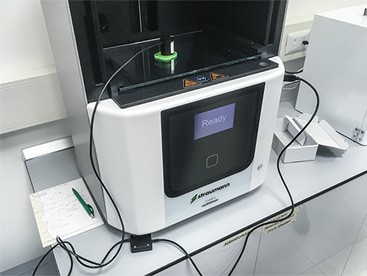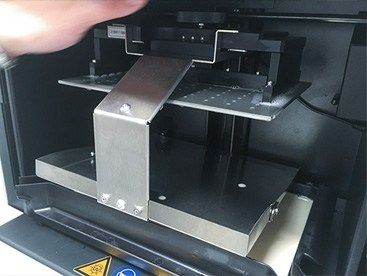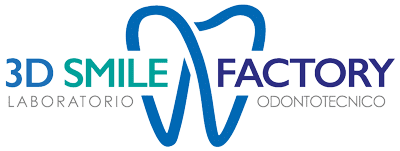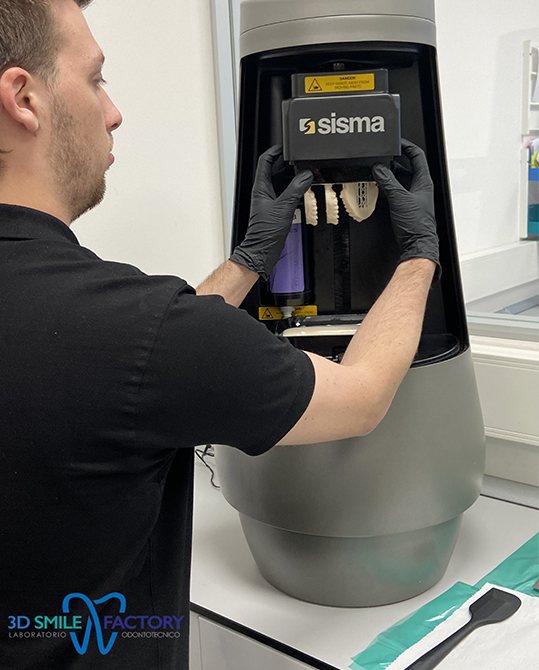
The use of intraoral scan systems has made possible to simplify the transfer of “impression files” to the laboratory, speeding up and modernizing the repeatability of processes and offering a vast range of solutions, also prosthetics ones, in a clinical as well as a laboratory setting.
Thanks to this technology, we are able to produce dental aligners, surgical guides, models, removable stumps, bite blocks, dental plates, dentures and provisionals.
The advantages of 3D printing
Speed: As the files are sent in real time, the models can be developed right away and in less time, eliminating transport time as well.
Security: The possibility of storing the file in an archive provides for elimination of problems related to the loss of impressions, imperfections, or casting of the models.
Precision: Shared settings between practice and laboratory allow for craftsmanship of high precision and quality.
Repeatability: A digital file can be reproduced as a number of always identical copies, even over a period of time.
Costs: Production costs are in line with those of traditional methods. Nevertheless, for the same cost, the advantages themselves are far superior.
Eco-sustainability: This new technology reduces the production of non-recyclable waste (alginates, silicones, and lime-based waste) and eliminates the need to sanitize impression trays, a great benefit to the environment.




